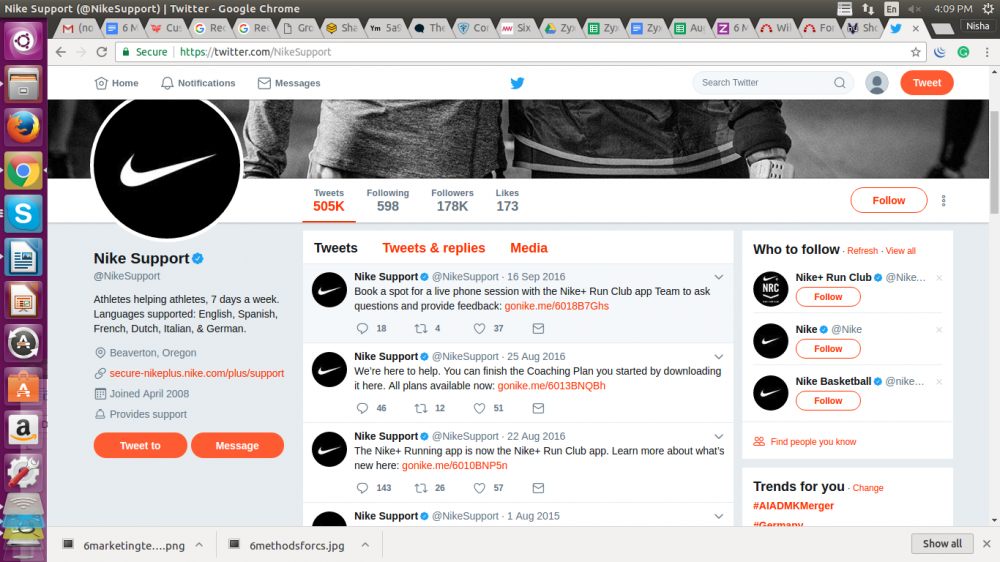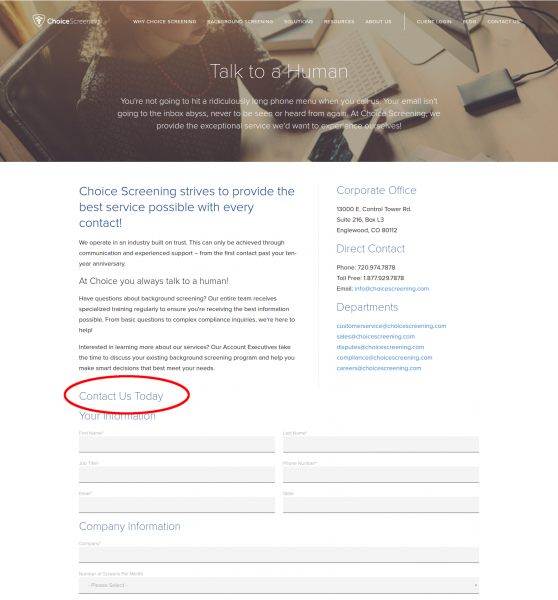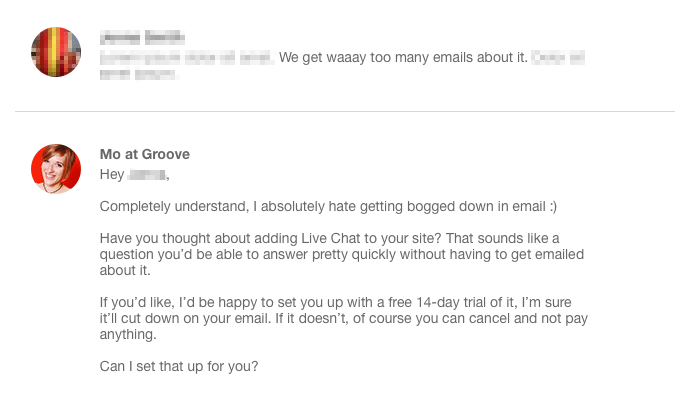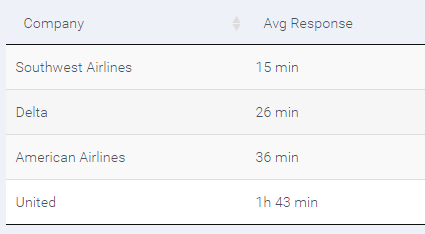6 Mistakes to Avoid When You Integrate Customer Service as a Marketing Strategy
Traditionally, marketing is all about pushing the product onto the customers, sometimes by making it appealing and sometimes by sheer aggressive marketing. In both scenarios, customers have started showing a rebellious regression to such interruptive marketing methods.
Ecommerce marketers quickly understood - the marketing of today, requires customers to be put on the pedestal, and it's them and their needs that have to bring under the spotlight and not necessarily the product. Ecommerce brands found this as an opportunity to explore new possibilities through the lens of their customer support team. However, trying to recklessly mold customer service as a marketing strategy, ecommerce marketers overlook the various nuances that are required to pull off a win.
The basic idea that customer service is an inbound tactic, makes the entire premise different. That's why you end up with a marketing strategy crippled with mistakes. To get the most out of your customer service when used as part of a marketing strategy - here are 6 mistakes you should consider avoiding:
Treating Customer Service and Branding as Separate Entities
Some would say that customer service might not play a crucial role during initial customer onboarding but it is the biggest reason for customers to disown your service. A shocking 54% 1of millennials stopped doing business after poor service. That is why it is important for businesses to brand their customer service.
Highlight how exceptional your customer service is, and how none of your competitors are on the same level. Take the example of Vodafone UK, which developed an interactive graphical representation of its network performance. This reduced network-related queries by providing easy and quick self-serve tools, which helps monitor outages and seek real-time updates within 24 hours.
The result - 40%2 hike in website traffic and a 25% reduction in network-related topics posted on various forums. Gradually leading to acquiring new customers as many of them saw the long-term value of being a Vodafone customer.
There are infinite ways of branding your customer service. Unlike Vodafone, if you do not have the muscle to create a new tool, simply make efforts to include brand elements in your ‘contact us page’. This is a highly cost-effective way of encouraging customers to contact you.
Here’s an example of Choice Screening, which could have easily treated its contact page as just another web page. Instead, they made sure that their contact page would be the highlight of their brand offering.
Not Picking Content Marketing Ideas
Not using customer support insights as a means to fuel your content marketing engine is like having an entire gold mine and yet hoping to find a cheap gold plated watch in a heap of scrap. Encouraging collaboration between your content marketing team and customer support team can help you design a strategy tailored to your customer's needs.
Creating personalized content is a difficult task, but, with an entire resource which highlights customer feedback and grievances, you gain enormous leverage. It’s as simple as creating an FAQ on issues that customers frequently inquire about. This not only infuses personalization but also reduces customer effort, which happens to be the #11 factor in building customer loyalty.
An FAQ is just the tip of the iceberg, but if you wish to go creative, take a cue from the luxury fashion brand, Mulberry.
To drive sales for their Cara Delevingne bag collection, an interactive quiz called Carascope was introduced. It was a set of five questions that helped in finding the right bag for the customer. By asking questions like ‘Town or country’, marketers were able to play on the bag’s functionality.
The responses helped Mulberry know more about the customers, the insights helped shape their content marketing. Unique animations (visual content) were provided based on the responses, along with tailor made exclusive content from behind the scenes at the London Fashion Week.
Skipping Angry Customers
It's textbook marketing 101 - sell to those who have a higher chance of converting. No marketer in his right mind would want to address an angry customer, it's almost like a taboo. But, in a world where competition is fierce and your customer has enough and more options, is it smart to ignore your angry customers?
Businesses who were brazen enough to address upset customers and were successful in satisfying their needs have been able to build a large following of loyal customers. Angry customers are essentially giving you an opportunity to fix the situation. If you capitalize on that opportunity, then you hit the jackpot.
One way of dealing with angry customers is being responsive to their needs, a delay in response will only aggravate the situation. Customer service reps need to make sure that such customers need to be kept on as high priority basis.
To assign the task of handling infuriated customers while keeping a tab on the progress, use shared inbox. It allows customer service reps to respond in an orderly fashion.
Since each team member has access to the same inbox, everyone is able to keep tabs on the situation. Customers do not have to keep repeating themselves, every time the conversation is transferred to another rep.
Bottomline: The proficiency with which you are able to deal with angry customers is going to decide whether you going to end up being abandoned by customers or gain their loyalty.
Take for example Nike, the international sports accessories brand decided that it will be difficult to handle angry customer complaints, due to the sheer size of its product lines.
To make it easy for everyone, Nike introduced a Twitter handle @NikeSupport, which exclusively deals with customer grievances and feedbacks. This eases the logistics of handling angry customers and it is one of the many reasons why Nike is such a respected brand in the world.

Forgetting The Mantra ‘First Solve, Then Sell’
Don't get greedy, by pushing to sell without listening to your customer’s concerns will get you nowhere. Instead, dig through your customer service insights, from customer needs, interest; knowledge of where customers spend time; customer habits so forth and so on. This data can be used to create buyer personas.
When you know your buyer persona and the pain points they are going through - first, solve their pain points. When customers are satisfied, then based on their buying patterns, upsell or cross-sell your product/service. When you understand what a particular buyer is looking for, you may customize your sales pitch - the successful amalgamation of personalization and excellent customer service leads prospects to make purchases.
Here’s an example of how you can solve a customer grievance by pitching a product as the solution.
Keeping The Team Communication at Bay
Integrating customer service as a marketing strategy cannot be successful if team communication is not open. Efforts which block free flow of communication among teams is perhaps the gravest mistake one can make since the entire basis of customer service is about providing real-time information to customers, which helps push the brand’s marketing objectives.
Team communication running in silos creates knowledge gaps in your customer support system, which can hurt you in more ways than one.
Let's say, you are an e-commerce company, a customer calls in your customer support team to inquire about your week long sale offers. Since team communication runs in isolation, your customer support team has no idea about the week long sale. In such a scenario, the customer support is of little or no help at all and due to insufficient clarity, customers may not go ahead with the purchase.
Ignoring Competitor’s Response Time
Response time is an important metric that is detrimental to the success of one’s customer service. Many spend an excruciating amount of resources and attention in improving their response time, and yet many of them fail. The reason being an absence of context for measuring the response time.
Evaluating the response time based on your own previous performance will only lead you to a half-baked analysis which will essentially end up being a vanity metric. For a robust customer service, measure your response time metric in respect to your competitor's response time.
Sadly. E-commerce brands are performing poorly in the domain of response time. With an average response time to handle a customer query ranging from 17 minutes to 15 hours3, it only goes to show how far the industry is away from achieving benchmark. If you need a morale boost, take a cue from Southwest Airlines.
By maintaining a good response time, Southwest Airlines has become one of the largest airlines in the U.S. The table below shows Southwest Airlines has clearly set the benchmark. That's why, rather than have a response time for the sake of a vanity metric, it has become a strong competitive suite for the airline.
Winding Up
Integrating customer service as a marketing strategy requires a dynamic change from how you conventionally conducted your marketing efforts. Envisioning these changes isn’t enough, you have to put these changes into action so you can avoid making mistakes when you put customer service at the epicenter of your marketing strategy.
Reference
[1].http://www.conversocial.com/blog/the-7-most-important-customer-service-stats-for-2017
[2].https://www.marketingweek.com/2015/08/18/six-brand-case-studies-that-proved-the-value-of-customer-experience/
[3].https://www.superoffice.com/blog/customer-service-benchmark-report/







